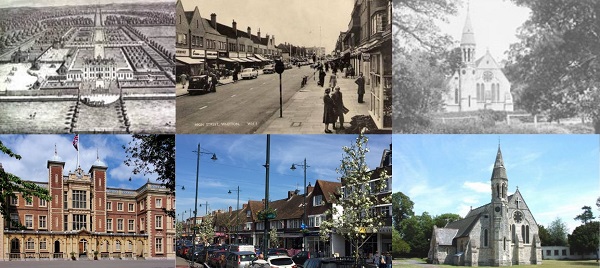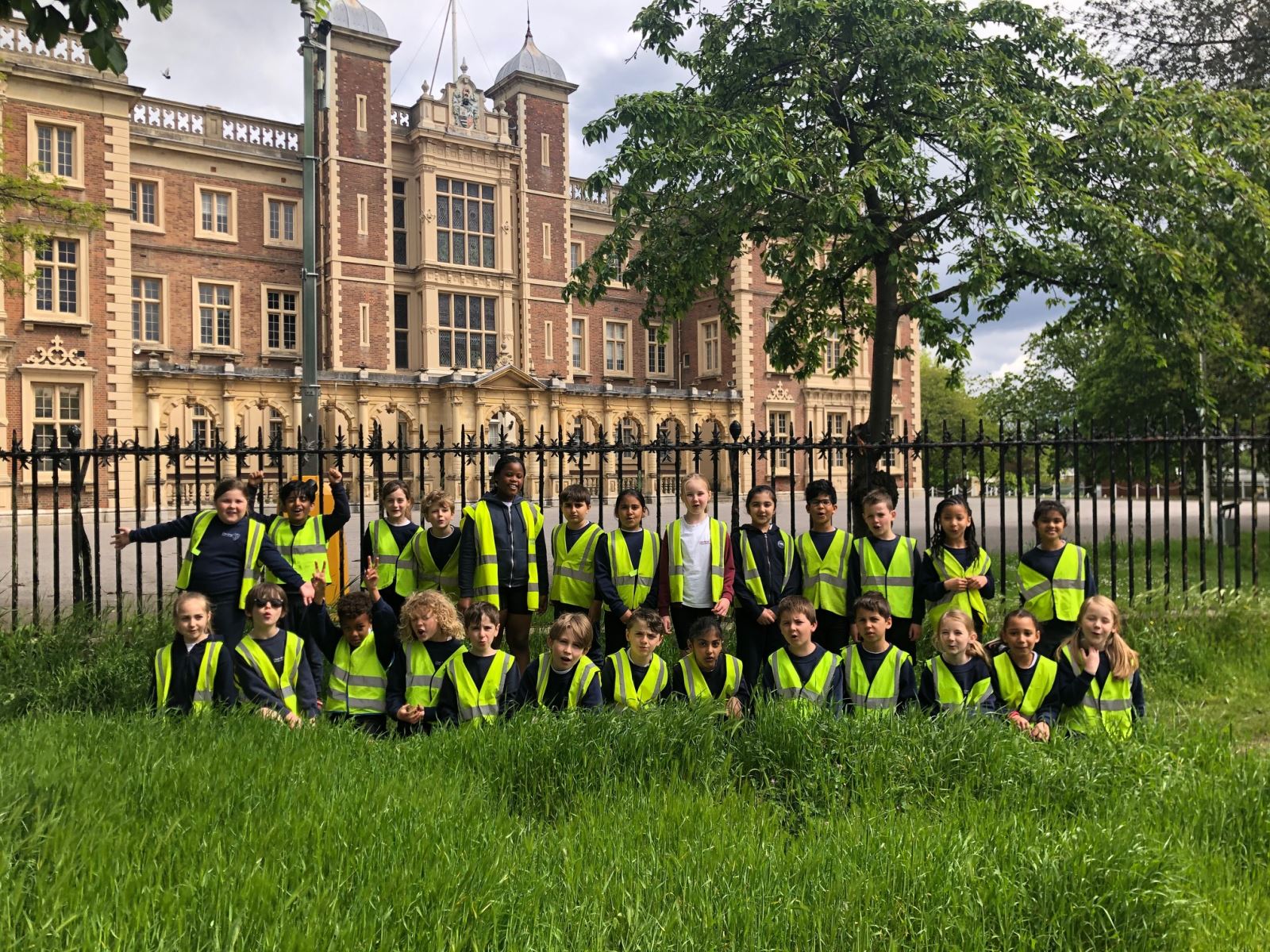
This term our topic has been Down Our Road. We have been learning about Whitton and this county. In this blog post we will talk about events and landmarks of Whitton.
Recently, all of Year 3 walked around ourlocal area. We saw Kneller Hall, the old high street, St Philips Church and an old fashioned car when we were walking back! Our local area is fun to learn about. We hope you like it.
Did you know that Whitton used to be a hamlet? A hamlet is smaller than a village and didn’t have a church! But then Whitton grew to become a bit bigger and today it is no longer a hamlet! When it was a hamlet there was so much more open land and orchards. Lots of the fruit and vegtables that people would eat at this time would have been grown locally and sold at the market.
One of the main landmarks in Whitton is Kneller Hall. Kneller hall was built in 1707. It was named after Sir Godfrey Kneller. In 1709 the property was purchased by Sir Godfrey Kneller.
It used to be a hospital for sick soldiers but most recently it was a place were people learn how to play music. In 1800-1900 it was the home to was 144 soldier and half of them were under the age of 16. Recently, Kneller Hall was closed and it will no longer be the home of the Royal Military School of Music.

Now about the highstreet, the highstreet was not orginally where it is today. It was originally at the area where Kneller Road, Nelson Road and Whitton Dene meet. It looked very different and had markets and orchards. Today you will find houses, some businesses and a small roundabout connecting these roads. Not what it would have looked like orginally. Some of the houses that you see there today were built in the 1930s. These houses are normally semi detached 3 bedroom houses.
.jpg)
Another local landmark that we visited was St Philps and St James church. Did you know that it was the first church to be built in Whitton? In 1862, St Philps and St James church was built and it was near the old high street. We saw that the church has stained glass windows, which we have been learning about in our RE lessons. Have you visited the chuch?
In this topic we have also learnt about different types of houses. We saw the 1930s houses but also lots of houses that were built in the 1950s. In the 1950s there were more people so they needed houses. The railway in Whitton made more people come and live there so they needed houses for more space. These houses were normally terraced houses which meant they would have a house attched on either side. Which type of house do you live in?
In conclusion Whitton has changed alot; we no longer have lots of green spaces but we do have landmarks like Kneller Hall and even Twickenham Rugby Stadium. We are lucky to live in such a interesting area.
What do you know about our local area? How do you think Whitton has changed?
Written by 3M